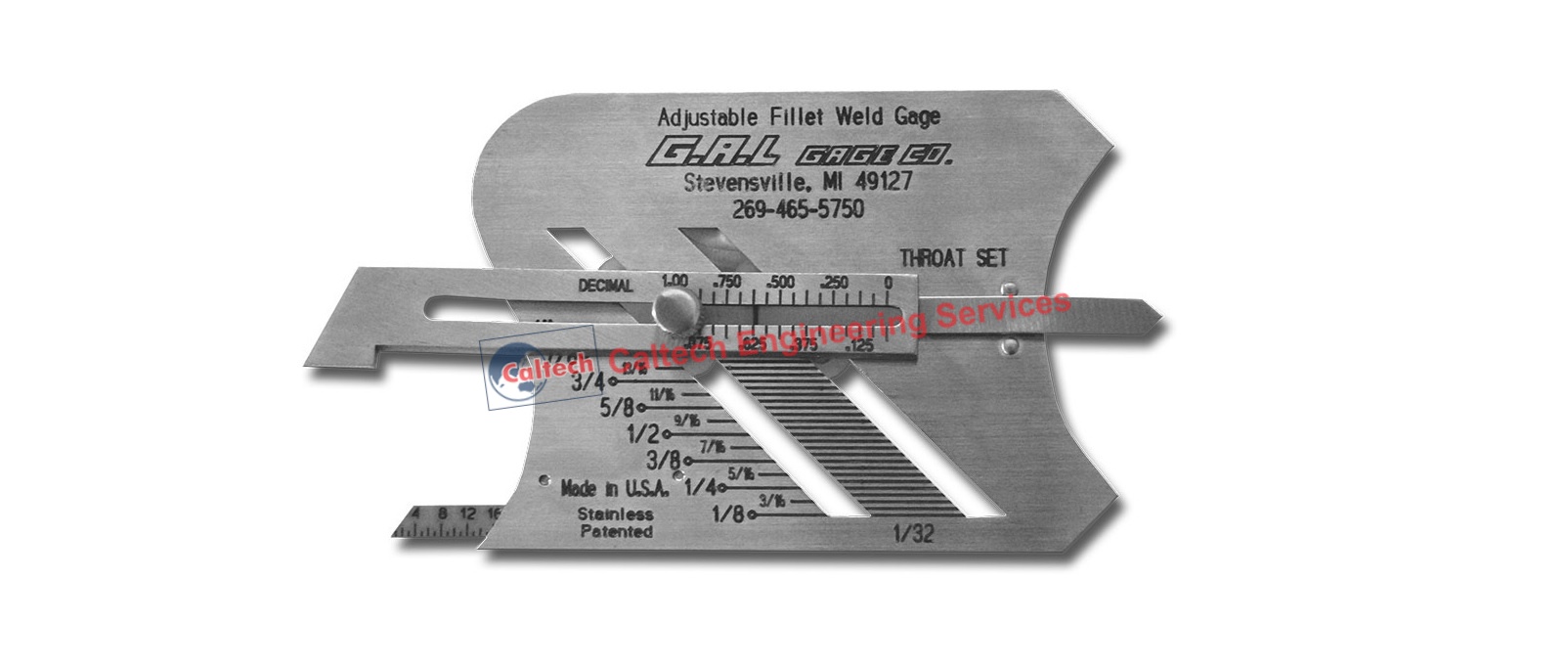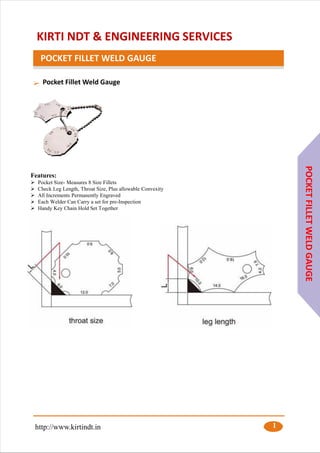Gauge Fillet Weld Basics: Ideal Practices and Common Mistakes
Gauge Fillet Weld Basics: Ideal Practices and Common Mistakes
Blog Article
The Ultimate Overview to Fillet Weld Quality Assurance: Making Certain Toughness and Sturdiness in Your Welded Joints
In the world of welding, ensuring the strength and durability of fillet welds is extremely important for the honesty of welded joints. As we get started on this expedition of fillet weld quality control, we will certainly discover necessary aspects that affect weld toughness, dive right into efficient inspection approaches, and review techniques for avoiding typical weld defects.
Value of Fillet Weld Top Quality Control
Making sure appropriate fillet weld quality assurance is vital in assuring the architectural stability and longevity of welded elements in numerous industries. Fillet welds are commonly made use of in architectural steelwork, bridges, stress vessels, pipelines, and other vital infrastructure where the strength of the weld is crucial to general safety and security and efficiency. Quality control actions such as aesthetic examinations, non-destructive screening, and adherence to welding procedures aid recognize potential problems like lack of combination, insufficient infiltration, undercutting, or excessive support.
Secret Elements Influencing Weld Toughness
Attaining ideal weld strength requires mindful factor to consider of different key elements that affect the honesty and durability of the bonded joint. The very first essential variable is appropriate joint preparation, which includes cleaning the base metals to remove any type of impurities that might weaken the weld. Furthermore, the fit-up of the joint is vital to make certain proper infiltration and fusion of the filler material.
The option of the suitable welding strategy and specifications additionally plays a significant function in identifying weld stamina. Factors such as warmth input, travel rate, and electrode angle can affect the quality of the weld. In addition, preserving the correct interpass temperature level throughout multi-pass welding is important to prevent splitting and ensure a solid bond between the layers.
In addition, the selection of filler product and its compatibility with the base metals is essential for achieving high weld strength. Utilizing filler material with the proper mechanical buildings can boost the total integrity of the weld. Post-weld warmth treatment and correct evaluation methods are vital steps in ensuring the strength and toughness of the welded joint.
Examination Methods for Weld Stability

One more essential evaluation method is liquid penetrant screening, where a liquid dye is related to the weld surface area - Gauge Fillet Weld. The color seeps into any kind of surface-breaking flaws, making them noticeable under UV light. This technique is reliable for discovering imperfections that might not show up to the nude eye


Ultrasonic screening is also widely made use of for evaluating weld integrity. High-frequency sound waves are routed right into the weld, and any disruptions in the acoustic wave pattern indicate potential issues like splits or absence of fusion.
These inspection techniques play an important role in ensuring the high quality and reliability of welds, eventually contributing to the general strength and sturdiness of welded joints in commercial setups.
Stopping Usual Weld Issues
In order to maintain the structural honesty of bonded joints in industrial applications, it is vital to execute preventive measures to deal with typical weld flaws. One common flaw is absence of fusion, where the filler product navigate to this website stops working to bond adequately with the base steels, causing weak spots in the weld. This can be avoided by guaranteeing correct warmth control and making use of the right welding strategy.
An additional regular problem is porosity, created by gas entrapment in the weld metal throughout the welding process. To prevent this, it is necessary to clean up the base metals completely, make use of dry electrodes, and preserve an appropriate welding atmosphere with correct air flow.
Furthermore, cracks in welds can compromise read this article the joint's toughness. To prevent this flaw, it is very important to control the air conditioning price after welding, use preheating when essential, and select proper welding parameters.
Enhancing Bonded Longevity With Proper Strategies
One important technique to enhance weld durability is to make sure appropriate weld grain placement. By positioning the weld bead properly within the joint, the weld's stamina and resistance to tiredness can be substantially improved.
Choosing the ideal filler steel and ensuring the tidiness of the base steels can prevent additions and other issues that could jeopardize the weld's sturdiness. By applying these correct strategies, welders can guarantee that their welded joints show extraordinary stamina and durability, meeting the greatest quality criteria.
Conclusion
To conclude, maintaining top quality control criteria for fillet welds is essential for guaranteeing the stamina and sturdiness of welded joints. By understanding the key elements impacting weld toughness, making use of evaluation techniques for weld integrity, preventing usual weld issues, and utilizing appropriate methods, welders can enhance the general toughness of their welds. It is necessary to prioritize quality assurance measures to generate long-lasting and reputable bonded joints.
In the realm of welding, making sure the toughness and longevity of fillet welds is vital for the stability of bonded joints. As we embark on this expedition of fillet weld quality control, we will reveal vital variables that influence weld stamina, dig into efficient examination techniques, and discuss strategies for avoiding typical weld problems.Attaining optimum weld toughness calls for mindful consideration of various vital factors that influence the stability and sturdiness of the welded joint (Gauge Fillet Weld).In final thought, preserving high quality control standards for fillet welds is critical for ensuring the strength and sturdiness of welded joints. By comprehending the essential aspects Click Here impacting weld toughness, using examination techniques for weld integrity, avoiding common weld issues, and utilizing appropriate techniques, welders can boost the total durability of their welds
Report this page